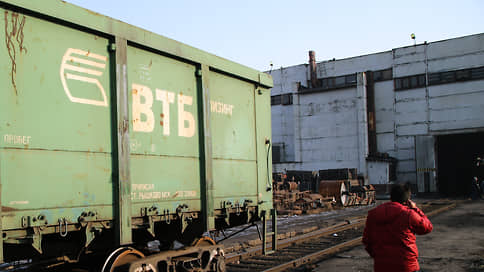At the end of 2023, the volume of new business of leasing companies reached 3.59 trillion rubles
[ad_1]

Leasing companies that are part of banking groups or state-owned structures show higher growth rates of key indicators than independent market participants. This is largely due to access to cheaper funding amid high market rates and an advantage in the distribution of government contracts. Access to funding will remain the main competitive advantage of the leaders and in 2024, their market share may further increase.
At the end of 2023, the volume of new business of leasing companies reached 3.59 trillion rubles, which is 81% higher than the result of 2022 and 57% higher than the pre-crisis 2021, according to the Expert RA review (Kommersant got acquainted with it). At the same time, companies included in groups of state banks or near-state structures showed higher growth rates of new business and leasing portfolio than independent players.
Thus, GPB Leasing, Sberbank Leasing, VTB Leasing and State Transport Leasing, which are among the top five, increased new business by 2–2.5 times, while the private players immediately behind them increased their new business by only 30–70%.
“Bank subsidiaries, having wider access to funding, can offer lessees more attractive terms for transactions,” explains Anatoly Perfilyev, junior director for bank ratings at the Expert RA agency. “It is obvious that banks from the top 10, when lending to market players, often set a higher margin than providing funds to their own leasing structures,” agrees Managing Director of the Insight investment group Mikhail Gonopolsky.
Large near-state organizations also received the main effect from the redistribution of the client base from the subsidiaries of foreign financial institutions and equipment suppliers that left Russia, clarifies Kommersant’s interlocutor in one of the leasing companies. He adds that “natural selection in a competitive market, where the leasing service for many buyers becomes close to the category of commodity, which means that the key factor in its selection becomes its cost,” also played in the favor of the leaders.
“It is not always possible for independent companies or regional players to offer enough added value to their clients to maintain business even with existing lessees, when large banking holdings are ready to provide a service of comparable quality at a significantly lower price,” emphasizes the Kommersant source. State-owned companies also receive an advantage when concluding leasing agreements under government-subsidized programs, as a rule, these are capital-intensive segments such as railway, water and air transport, experts note.
“As the economic situation stabilizes and new logistics supply chains for components for Russian factories are built against the backdrop of pent-up demand, new business in the corporate segments more than doubled in 2023 (by 119%), exceeding the growth rate of the retail segment for the first time in recent years (73%),” says the Expert RA report.
In the corporate segment, growth in 2023 is due, among other things, to the implementation of government programs, for example, for the construction of roads and infrastructure facilities, as well as the possibility of using government subsidies, says Alla Borisova, Deputy Director of the ACRA Financial Institutions Ratings Group. In particular, the state allocates funds for the restart and modernization of enterprises. “For example, in 2023, transactions with factories and industrial clusters on the material and technical base of those brands that suspended operations in Russia were completed,” explains Ilarion Demchikov, director of business development at Alfa-Leasing Group of Companies. That is, again, advantages arise from large players close to the state.
The cost of funding and pricing policy of leasing companies associated with state banks “will be the main factor in competition in the leasing market in 2024,” says Mr. Gonopolsky. The growth trend in the corporate segment may last until 2025, adds Ilarion Demchikov, due to increased investments in large logistics parks, railway infrastructure, container transportation and commercial real estate.
[ad_2]
Source link





